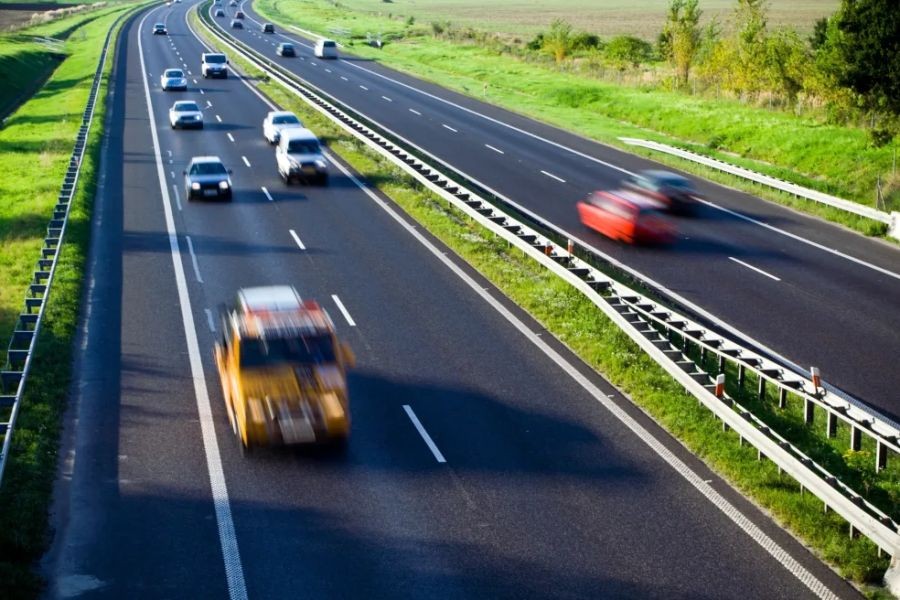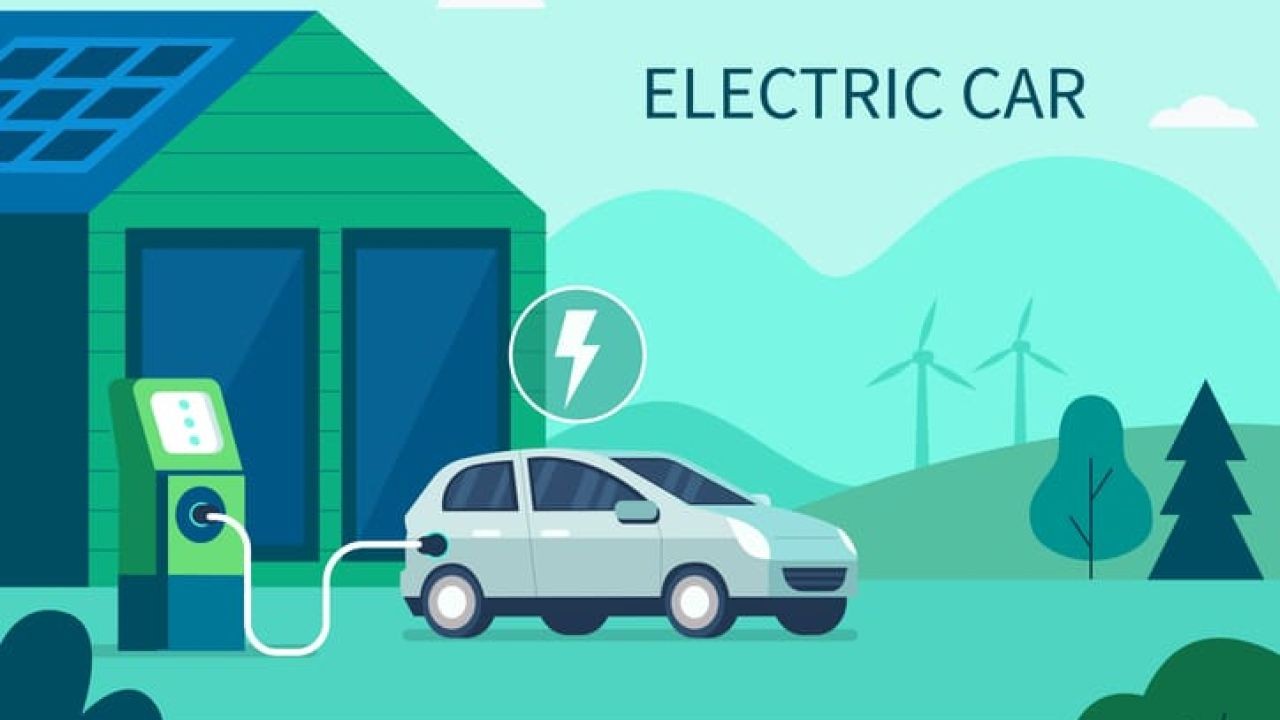Introduction
Imagine navigating New Zealand's rugged landscapes without the country's well-developed road infrastructure. Unthinkable, right? Roads have not only connected remote communities but have also been pivotal in shaping New Zealand's economy. Recent studies from Stats NZ indicate that the transport sector contributes significantly to the nation's GDP, underscoring the economic importance of road infrastructure. This article delves deep into the historical evolution of New Zealand’s road infrastructure and its profound impact on the economy.
The Historical Evolution of New Zealand's Road Infrastructure
New Zealand’s road infrastructure journey is a tale of resilience and innovation. Prior to European settlement, Māori trails served as the primary pathways for movement. With the arrival of European settlers in the 19th century, the demand for more structured roads grew, leading to the construction of basic tracks often hindered by the country’s challenging topography.
Fast forward to the 20th century, significant investments were made to develop a more cohesive road network. The post-war era saw a massive expansion, driven by economic growth and the necessity for efficient transportation of goods. Government policies, such as the National Roads Board established in 1954, played a crucial role in this expansion, paving the way for modern highways and facilitating trade and tourism.
Case Study: The Development of State Highway 1
State Highway 1 (SH1) is New Zealand’s longest and most crucial arterial route. Spanning from Cape Reinga in the north to Bluff in the south, SH1 is a lifeline for millions of Kiwis. Initial sections of SH1 were fragmented, but by the mid-20th century, it was developed into a continuous highway, improving connectivity.
Problem: Initially, the fragmented sections of SH1 posed logistical challenges, hindering economic activities and tourism. Transportation was inefficient, leading to increased costs and time.
Action: The government prioritized the development of SH1, investing in road widening, new bridges, and bypasses. The completion of the Auckland Harbour Bridge in 1959 marked a significant milestone, connecting Auckland's central business district with the North Shore.
Result: The continuous development of SH1 has transformed it into a vital economic artery. It supports over 70% of freight transport and significantly boosts tourism, a sector contributing approximately NZD 12.5 billion to the economy annually.
Takeaway: The strategic development of SH1 highlights the importance of investing in road infrastructure to enhance economic connectivity and growth. For New Zealand, continued investment in infrastructure is crucial for future economic sustainability.
Data-Driven Impact on New Zealand's Economy
According to the Ministry of Business, Innovation, and Employment (MBIE), the transport sector, which includes road infrastructure, accounts for about 4% of New Zealand’s GDP. Roads facilitate trade by providing essential links between producers and markets, thus playing an integral role in the supply chain. Efficient road networks reduce transportation costs, leading to lower prices for goods and services, ultimately benefiting consumers.
The Reserve Bank of New Zealand reports that efficient road infrastructure contributes to an increase in productivity, as businesses can operate more efficiently and access wider markets. Furthermore, road construction and maintenance create jobs, with the sector employing thousands, thereby contributing to economic stability.
Contrasting Viewpoints on Road Infrastructure Investment
While road infrastructure is vital, there are contrasting viewpoints about the extent of investment required. Proponents argue that continuous investment is necessary to maintain economic growth, citing the positive impact on trade and tourism. They highlight that improved roads lead to enhanced safety, reduced travel times, and increased economic output.
Conversely, critics question the environmental impact of road expansions and advocate for alternative transportation modes, such as rail or public transport, which could reduce carbon footprints. They argue that excessive road investments may divert funds from other critical areas like healthcare or education.
Finding a middle ground involves balancing economic benefits with environmental sustainability. Policies that integrate road development with environmental safeguards and promote the use of green technologies could be a viable solution.
Common Myths About New Zealand's Road Infrastructure
- Myth: "New Zealand’s road infrastructure is outdated." Reality: While improvements are ongoing, New Zealand's road infrastructure ranks highly in global indices for quality and efficiency, thanks to continuous upgrades and maintenance.
- Myth: "Investing in road infrastructure doesn't impact the economy." Reality: Road infrastructure is crucial for economic growth. A study by the MBIE shows that for every dollar spent on road infrastructure, there is a significant return in terms of economic output and societal benefits.
- Myth: "Public transport investments are more beneficial than roads." Reality: Both road and public transport investments are necessary and complementary. Roads facilitate freight transport, essential for trade, whereas public transport reduces urban congestion and emissions.
The Future of New Zealand's Road Infrastructure
As New Zealand looks to the future, road infrastructure will continue to evolve, driven by technological advancements and sustainability goals. Autonomous vehicles are expected to become more prevalent, requiring smart road systems equipped with sensors and communication technologies. Moreover, the transition to electric vehicles will necessitate infrastructure that supports charging stations across the country.
According to a Deloitte report, by 2030, the integration of smart technologies in road systems could enhance traffic management and safety, reducing accidents and congestion. Additionally, investment in road infrastructure is likely to focus on resilience, addressing climate change challenges such as rising sea levels and increased weather events.
Policymakers must ensure that future road infrastructure developments align with New Zealand’s sustainability targets and economic goals, promoting a balance between growth and environmental preservation.
Final Takeaways
- Road infrastructure is a cornerstone of New Zealand’s economic development, supporting trade, tourism, and employment.
- Continuous investment and innovation in road systems are essential for future economic sustainability.
- Balancing road infrastructure development with environmental considerations is crucial for long-term success.
- Embracing technological advancements will be key to adapting road infrastructure to future challenges.
As New Zealand navigates the complexities of future infrastructure needs, the lessons from its historical journey provide valuable insights. What steps do you think New Zealand should take to ensure sustainable and impactful road infrastructure development? Share your thoughts below!
People Also Ask (FAQ)
- How does road infrastructure impact New Zealand's economy? Road infrastructure facilitates trade and tourism, contributing significantly to GDP by enabling efficient transport of goods and people.
- What are the biggest misconceptions about New Zealand’s road infrastructure? A common myth is that New Zealand’s road infrastructure is outdated, whereas continuous upgrades have kept it competitive globally.
- What future trends could affect New Zealand's road infrastructure? Trends include the rise of autonomous vehicles and the integration of smart technologies to improve traffic management and safety.
Related Search Queries
- New Zealand road infrastructure history
- Economic impact of roads in New Zealand
- State Highway 1 development
- Sustainable road infrastructure NZ
- Future of transportation in New Zealand































josefinakump27
8 months ago